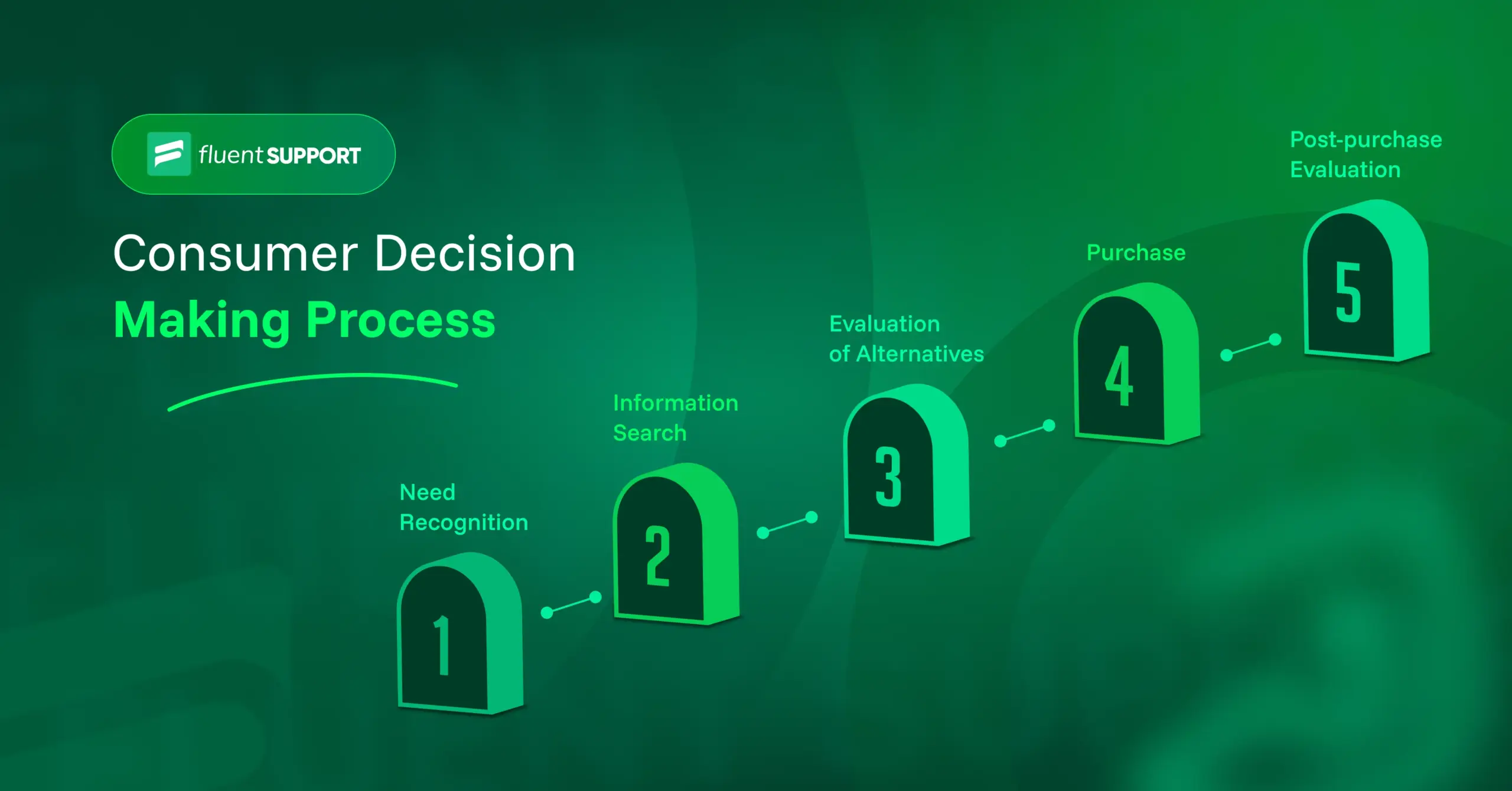
Crack the Consumer Decision-Making Process (with 5 Stages)
By Md. Sajid Sadman
May 7, 2025
Last Modified: May 7, 2025
Every time someone buys something, there’s a process behind it.
It might seem random, but it’s not. People go through a few straightforward steps before they make a decision.
Sometimes it happens fast. Sometimes it takes a while. But the steps are usually the same.
So, the process is called the consumer decision-making process. And, it has 5 stages.
In this blog, we’ll explain what it is and each step in a simple way.
As a bonus point, we’ll dive into a trending query people are curious about: “Which is a good way to make an informed decision about a purchase?”
So this blog is for marketers, business owners, and obviously for the consumers who are looking for a way to make an informed decision about a purchase.
Let’s start reading.

What is the consumer decision-making process?
The consumer decision-making process is a potential customer’s step-by-step journey before buying something. It includes five stages such as:
- Need recognition
- Information search
- Evaluation of Alternatives
- Purchase
- Post-purchase evaluation
So, it’s not just about seeing a product or service (something) and tapping on the “Buy Now” button.
Actually.
Not in that way.
Here, a bit of thinking is involved, even for small things.
Generally, a consumer first notices a need (need recognition).
Then he starts looking for options, checking reviews, asking questions, and thinking about what feels right (information search).
After that he starts comparing the selected products (evaluation of alternatives).
Then he go for taking action (purchase).
After the purchase, he often reflects on whether it was a good decision (post-purchase evaluation).
If you understand how this process works, and every steps, you can better guide a consumer.
You’ll know what he needs and when (roughly) he need it. You’ll know what encourages a decision, what might push a consumer to leave, and how to fix it. You can build trust, answer doubts, and help them feel confident about you.
You’ll know why someone buys one product over another or walks away.
Also, if you are in the consumer side, it will be easier for you take best decision for a purchase.
Let’s say Prosanjit’s old headphones stop working. He realizes he needs new ones (that’s the first spark). So he jumps on Google and searches for “best wireless headphones.”
Now, he compares brands, checks reviews, reads blogs, and maybe asks friends for suggestions. After some research, he picks a pair, adds it to his cart, and checks out.
A few days later, he gets the package, tries the headphones, and thinks, “Was this a good buy?”
That’s the decision-making process in action.
It doesn’t matter if consumers like Prosanjit buy headphones, book a vacation, or pick a tool for their business. They usually go through a few mental checkpoints before making the final move.
When you understand each step, you’re not just guessing what your customers want. You can show up with the right message at the right time and make buying easy for them.
Well, the consumer decision-making process is primarily effective for online businesses.
Unlike brick-and-mortar stores, eCommerce platforms capture extensive customer data, including clicks, scrolls, time spent, abandoned carts, and more.
That means online sellers have a golden chance to understand how people make decisions and adjust their strategies for each stage.
From the first visit to the final checkout, there’s room to optimize everything.
Stage in the consumer decision-making process
You have now arrived at the most crucial section of this blog: the five stages of the consumer decision-making process.
Here are the straightforward definitions for each stage.
1. Need recognition (demand realization): This is when a consumer becomes aware of a problem or a need that requires a solution, either through internal discomfort or external influence.
2. Information search (research): At this stage, the consumer begins gathering information about possible solutions, products, or services that can fulfill their need.
3. Evaluation of Alternatives (examination): Here, the consumer compares different options, weighing the features, pricing, reviews, and brand reputation to make an informed choice.
4. Purchase (conversion): The decision is made, and the consumer proceeds to buy the chosen product or service.
5. Post-purchase evaluation (reflection): After the purchase, the consumer evaluates their decision, assessing whether the product met expectations and whether it was worth the investment.
Okay. You’ve got the definition of each stage.
Now, we will explain the stages following the example of Prosanjit’s (as a consumer) decision-making process. That’s the most effective way to grasp the stages, and we are doing this for you.
Jokes apart: who knows, they might even haunt your dreams.
Additionally, we’ve shared key strategies to help business owners and marketers excel at every stage.
So get ready. We’re diving into the stages now (excited?).
1. Need recognition
Every buying journey starts with one simple moment: realizing the need for something.
Let’s say Prosanjit has been using the same old headphones for years. But one day, the sound suddenly cuts off on one side during his favorite song or in the middle of a Zoom call.
Frustrating, right?
That’s an internal trigger (something he notices on his own). It could be discomfort, poor performance, or just the fact that the product doesn’t work like it used to.
But not every need starts from a problem.
Sometimes, an external trigger sparks the thought.
Maybe he was scrolling through Facebook or watching YouTube, and came across a video or post showing someone using a new pair of wireless headphones.
The design looks modern. The sound seems crystal clear.
And suddenly, the old pair feels outdated, even if it’s still working.
That’s how the brain quietly goes:
“Hmm… maybe I should get a better one.”
And just like that, the decision-making process begins.
Strategy: How to show up
To win your customer’s attention early, you must plant the seed before they even start searching.
Here’s how you can do that:
- Highlight common problems: Create content or ads about real struggles — tangled wires, discomfort, bad sound during calls. When people see that, they’ll relate.
- Show what they’re missing: Use videos, images, or reviews that show the difference between using your product and the one they’re stuck with.
- Get into their moments: Think about when the need hits. During work, workouts, travel, or sleep. Tailor your messaging to fit those daily situations.
- Be present in the right channels: Whether social media, blog content, or influencer videos, ensure your product shows up where their attention is already.
Back to Prosanjit’s story.
Once that need arises, Prosanjit starts looking around. He wants to know what’s out there, what’s better, and what others are using.
And that’s where the second step begins: Information Search.
2. Information search
Now that Prosanjit knows he needs new headphones, he doesn’t just buy the first pair he sees.
He’s curious.
So, he does what most of us do: grabs his phone and types something like: “Best wireless headphones under $100.”
And that starts the research rabbit hole.
He reads blogs, checks YouTube reviews, explores Reddit threads, scrolls Amazon reviews, and maybe even texts a friend who’s a gadget nerd.
This stage is about gathering information, such as comparing options, features, prices, and even brands he had never heard of before.
In short, what’s he looking for?
Clarity. Confidence. Something that feels right.
At this point, your job (as a marketer or business owner) is simple: be discoverable, helpful, and trustworthy.
Strategy: How to stand out during this step
Create search-friendly content: Write guides, comparisons, and “best of” lists. These show up when people search on Google exactly what Prosanjit is typing.
Answer real questions: Use FAQs, blog posts, or product pages that answer things like: “Are these headphones good for calls?” or “Do they work with iPhones?”
Show social proof: Display reviews, testimonials, or user-generated content. If Prosanjit sees others loving your product, they’ll feel more confident.
Offer side-by-side comparisons: Help him decide faster. Create charts or visuals that compare your product with others. Be honest, highlight strengths, and let him choose.
Remember, he is not just buying a product at this stage. He’s buying peace of mind.
3. Evaluation of Alternatives
By now, Prosanjit has a handful of headphone options on his browser tabs.
One brand promises 40-hour battery life. Another one has that rich bass he loves. A third? Well, it’s super sleek and has a flashy discount banner on the homepage.
This is the moment where he slows down a bit. He’s no longer just collecting information. Now he’s weighing his options. Comparing. Thinking. Asking, “Which one gives me the best value?”
This step is all about trade-offs: noise cancellation vs. price, style vs. comfort, brand reputation vs. features.
He may jump back and forth between reviews, return policies, YouTube sound tests, or even what his favorite influencer said last week.
In short, this is the decision-filtering phase, where he sorts out the hype from what actually meets his needs.
And here’s where you need to shine brighter than the rest.
Strategy: How to win the comparison game
Highlight what makes you different: Don’t just list features. Show what those features mean to Prosanjit. Talk benefits. Talk experience.
Use trust signals: Showcase awards, expert recommendations, or any “as seen in” credibility badges. These reduce hesitation.
Let your happy customers talk: Case studies, customer reviews, and success stories help validate the choice. When Prosanjit sees others like him satisfied, it’s easier to take action.
Offer a clear value proposition: Why should he pick you? Be direct. Is it the price-to-feature ratio? The comfort? The warranty? Spell it out.
Make comparison easy: Help him compare without leaving your site. Add comparison charts or sections like “Why users switch to us.”
At this point, it’s not about throwing in more options. It’s about helping him feel confident that yours is the right one.
4. Purchase
Alright, Prosanjit is done with comparing. He has checked the specs, read the reviews, watched a few YouTube unboxings, and slept on it for a night.
Now?
The action stage.
He’s ready to hit that damn “Buy Now” button.
This stage is where all that research turns into a final choice (conversion).
But let’s be honest, even now, a little doubt might come to mind.
“Is this the best deal?”
“What if I find something better tomorrow?”
“Will it arrive on time?”
These last-minute thoughts are super common. That’s why your job here is to prepare the ground and make the decision feel right.
Strategy: How to seal the deal
Simplify the buying process: No one wants a complicated checkout. Make it fast, clean, and mobile-friendly. If the checkout process is too complicated, Prosanjit might abandon his cart and leave without completing the purchase.
Offer reassurance: Clearly show your return policy, warranty information, and shipping details. Knowing he can send it back if needed relieves the pressure.
Add urgency (but keep it honest): If there’s a limited-time discount or low stock alert, now’s the time to show it. Just make sure it’s real. People can smell fake urgency from a mile away.
Give flexible payment options: Whether it’s a credit card, digital wallet, or ‘buy now, pay later,’ having options matters. It makes the final step feel smoother.
Make him feel good about the choice: Reinforce what he’s getting—great sound, comfort, and long battery life. A simple message after the purchase, like “You’re going to love these!” goes a long way.
This is where all your efforts either succeed or miss the mark. So, give it your best shot.
5. Post-purchase evaluation
So, Prosanjit finally gets his new headphones.
Excited! He unboxes them, pairs them with his phone, and plays his favorite playlist.
The sound?
Crisp. Loud. Just how he imagined.
The fit? Super comfortable. No ear pain even after hours.
At that moment, a thought crosses his mind: “Yep, I made the right choice.”
That feeling right there is what this final step is all about: post-purchase evaluation.
It’s the mental review your customer does after buying.
Was it worth it? Did it fulfill the expectations? Would he recommend it to others?
Sometimes, the answer is solid ‘yes.’ Other times, it’s more like ‘not really’.
That’s why your job doesn’t end after the sale. This is where you can turn a buyer into a loyal fan.
So, how do you ensure Prosanjit stays happy, even after the purchase?
Let’s break it down in the strategy section.
Strategy: How to make them feel good (and keep them coming back)
Follow up with care: Send a friendly thank-you email. Maybe include setup tips, a quick user guide, or a playlist to test those new headphones.
Ask for feedback: Let Prosanjit share his thoughts. Was the sound quality good? Are there any issues? Make it easy for him to leave a review or fill out a short form.
Handle problems fast: If something’s wrong, fix it very quickly. A smooth support experience can flip a bad impression into a good one.
Reward loyalty: Offer a small reward for returning, like early access, exclusive discounts, or loyalty points. Make Prosanjit feel like part of the club.
Encourage sharing: Is he happy with the headphones? If yes, awesome. Ask him to post a photo, tag your brand, or refer a friend. That kind of social proof is gold.
Which is a good way to make an informed decision about a purchase?
Let’s be honest.
Making informed decisions isn’t about overthinking. It’s about being a little more mindful before hitting “Buy Now.”
With so many options out there, buying something (even as simple as headphones) can feel like a tiny research project.
Actually, the 5 stages we just walked you through are mostly (similarly) appropriate or the good way to make an informed decision about a purchase.
But to make it even clearer (and to actually help you make smarter buying decisions in real life), here’s a simple blueprint you can follow anytime.
1. Recognize the real need
Don’t just buy for the sake of buying.
Define the reason first. It sets the tone for everything that follows.
Pause and ask yourself.
What exactly are you looking for and why?
Are you solving a problem?
Is it a replacement, an upgrade, or something totally new?
Is it a must-have or a nice-to-have?
Once you’re clear about your need, the rest becomes easier.
2. Do some real research
Don’t rely on the first thing that pops up on your feed.
Check reviews, watch comparison videos, explore blog guides or Reddit threads, and most importantly, ask around.
Remember, real opinions from real people matter more than catchy ads or anything else.
Also, look for social proof
The more angles you explore, the clearer your choices become.
3. Compare your options
Line up the options side by side.
What features matter most to you? What’s your budget? Are you paying for quality or just hype?
Put similar products side by side and look at pricing, pros and cons, return policies, and warranty info etc.
See which one truly checks your boxes. A quick comparison often reveals what truly fits.
Also, obviously, you don’t want surprises (unwanted) after checkout, so put enough effort into this step.
4. Watch for red flags and green lights
Is the product overhyped but poorly rated? Are customers praising the support? These signs tell you more than the specs ever could.
And, don’t forget to look for social proof.
If lots of users are happy and sharing their experiences, that’s a good sign. Reviews, ratings, or even Reddit threads can tell you a lot.
This could be done in the research phase, but we suggest following it after the comparison.
5. Make the purchase
Once you’ve done the research, weighed the options, and everything seems to be in place, yes, it’s time to go for it.
Don’t overthink it now. If the product meets your needs, fits your budget, and feels like the right match, hit that “Buy” button or walk into the store confidently.
The key here? Take action. The best decision means nothing unless you follow through.
Buying something isn’t just about spending money. It’s about solving the problem that started the whole journey.
So trust your process, own your choice, and make the move.
Remember: Whether it’s online or in-store, pick the trusted platform or seller that offers the best value and peace of mind.
6. Trust how you feel
You’ve done your research. You’ve compared your options. You’ve even made the purchase.
Now what?
This is where your gut steps in.
Sometimes, all the specs may say “yes,” but something just doesn’t feel right. Maybe it’s how the product looks, works, or fits into your daily life.
Listen to that feeling. You’re the one using it, after all.
If it clicks, great. You’ve made a solid choice.
If not, it’s still a win. You’ve learned something valuable for next time.
Because the more in tune you are with your post-purchase feelings, the better decisions you’ll make moving forward.
Your experience is the best teacher.
So, to answer the whole way simply: A good way to make an informed purchase is to combine research, real feedback, comparison, and a little bit of gut instinct.
Think of the process as your go-to plan for making confident, informed choices (minus the confusion or regret).
Wrapping up
And there you have it.
The full journey from “I think I need something” to “I’m glad I bought it.”
For buyers, it helps you make confident, informed choices without second-guessing every move.
For businesses or markleters, it’s a reminder: Don’t just sell. Show up, solve real problems, and earn trust at every step.
At the end of the day, great decisions happen when the right information meets the right moment.
So, the next time you buy something or try to sell something, you’ll know exactly how the journey flows.
Lastly, I truly appreciate you taking the time to read the full blog.
Start off with a powerful ticketing system that delivers smooth collaboration right out of the box.





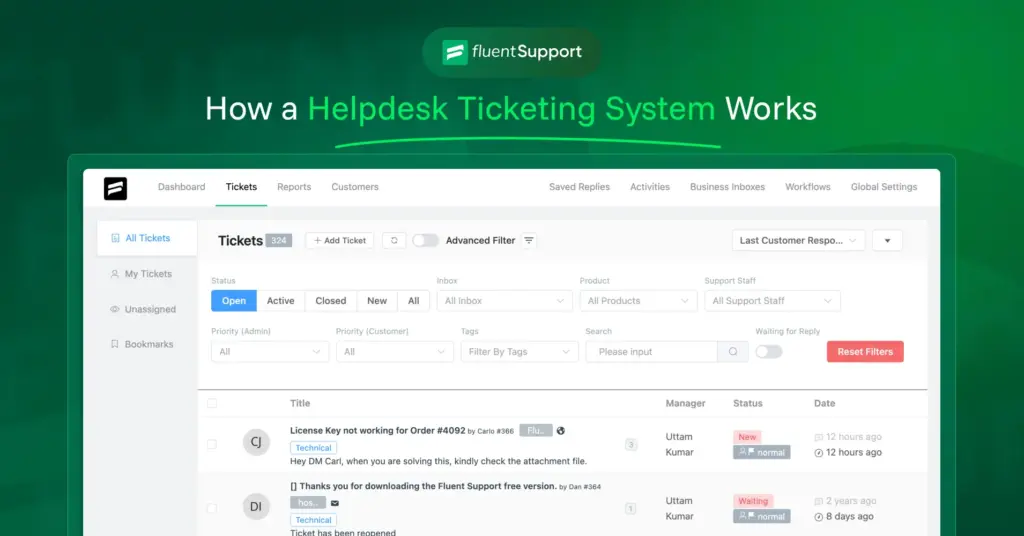

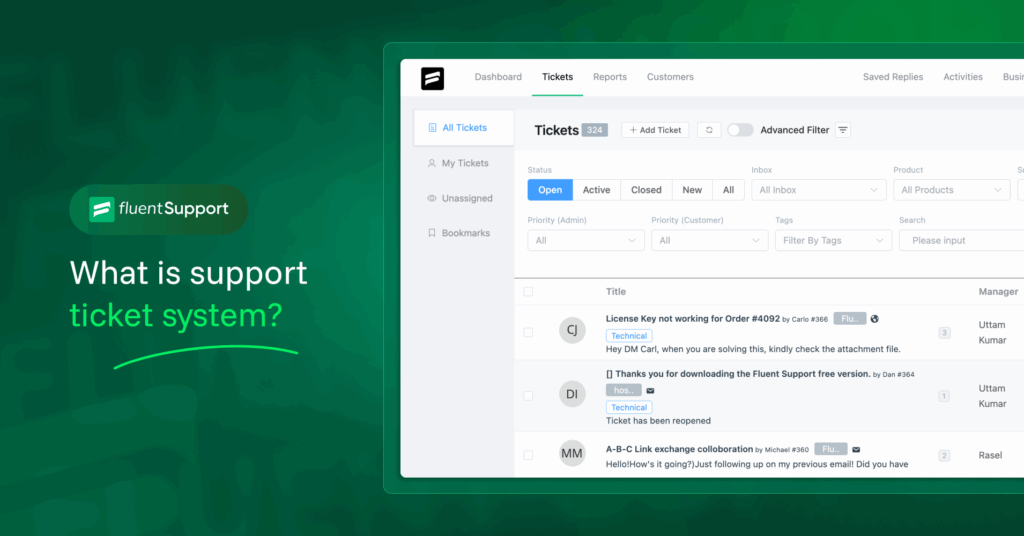
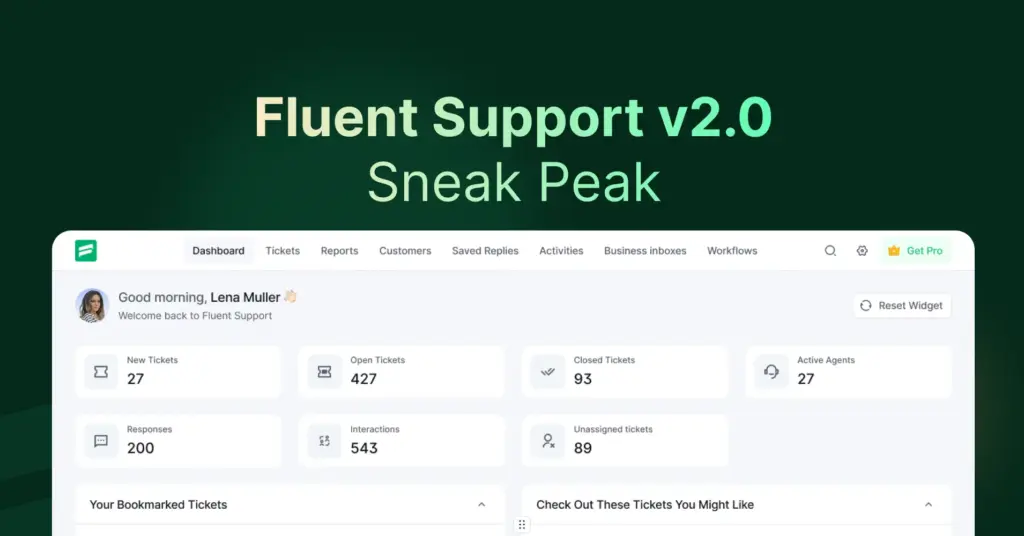
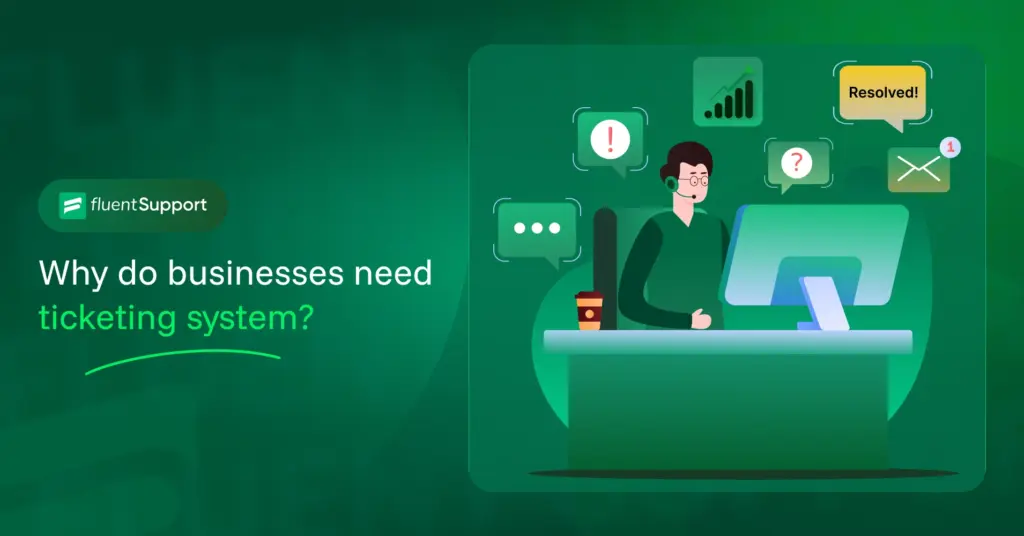

Leave a Reply